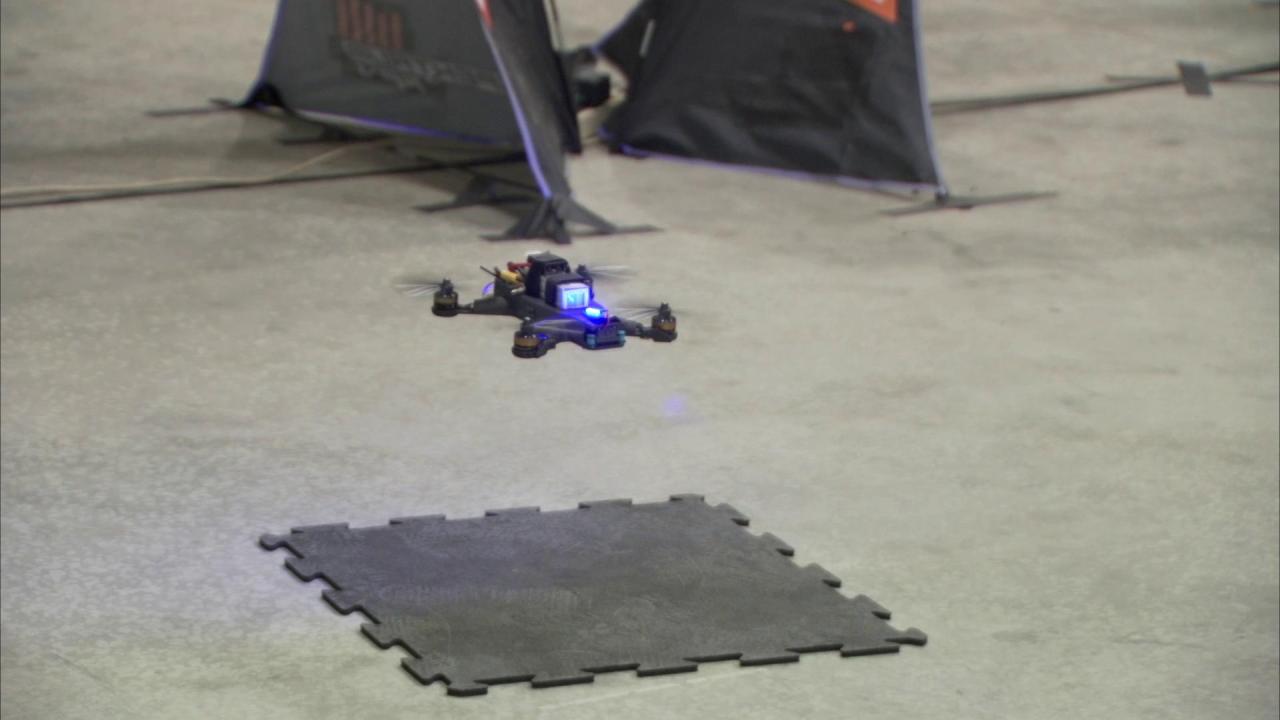The race between human intellect and artificial intelligence (AI) continues to be a captivating topic, as both sides showcase their strengths and weaknesses. A striking example of this rivalry occurred on October 12, when NASA orchestrated a drone racing competition that pitted world-class pilot Ken Loo against an AI-powered drone engineered by the researchers at NASA’s Jet Propulsion Laboratory. This event not only offered thrilling excitement but also provided valuable insights into the current capabilities of both human pilots and AI technology in high-speed environments.
The Participants: Meet the Drones and the Pilot
The event featured three custom-built drones named Batman, Joker, and Nightwing, all designed specifically for this race. These technological marvels came equipped with advanced cameras and algorithms, enabling them to navigate through complex courses at remarkable speeds. Leveraging Google’s Tango technology, which allows for 3D spatial mapping, the drones demonstrated impressive capabilities, yet faced challenges along the way.
- Batman: Known for its speed and agility.
- Joker: Engineered for stability and precision.
- Nightwing: Built to adapt quickly to dynamic environments.
Opposing them was the talented Ken Loo, a seasoned pilot renowned for his quick reflexes and strategic thinking. As Loo himself noted, “This is definitely the densest track I’ve ever flown.” His experience on the track gave him a distinct advantage when navigating obstacles—a skill that AI, despite its capabilities, struggled with at high speeds.
Performance Showdown: Speed vs. Strategy
The race results were illuminating. While the drones could maintain consistent flying times, they faced complications with motion blur when attempting to fly faster. On the tight, intricate course, the drones managed to reach a maximum speed of 40 mph—significantly lower than their potential 80 mph due to the complexity of the track. In contrast, Loo’s ability to adapt to the course allowed him to learn and improve his times as the race progressed. Ultimately, despite his susceptibility to fatigue, Loo emerged victorious with a faster average lap time than the AI drones.
Implications for the Future
This exhilarating competition opens the door to a multitude of possibilities for the future of drone technology. The strengths and limitations showcased during the race reflect the ongoing development needed in AI. Here are a few potential applications for autonomous drones:
- Surveillance: Drones can monitor large areas with precision, offering advanced monitoring capabilities for various sectors.
- Emergency Response: AI drones could be deployed during disasters, navigating quickly to provide real-time data and assist rescue operations.
- Warehouse Management: Automated drones can revolutionize inventory management by efficiently tracking and delivering items.
Conclusion: A Complementary Future
The thrilling competition between Loo and the AI drones highlights a crucial point: while AI is rapidly advancing, it hasn’t yet mastered the nuances of human intuition and agility, particularly in high-stakes environments like drone racing. As both human and machine continue to evolve, we can anticipate a future where collaborative efforts may yield the most effective solutions, blending human creativity with AI precision. At fxis.ai, we believe that such advancements are crucial for the future of AI, as they enable more comprehensive and effective solutions. Our team is continually exploring new methodologies to push the envelope in artificial intelligence, ensuring that our clients benefit from the latest technological innovations.
For more insights, updates, or to collaborate on AI development projects, stay connected with fxis.ai.

